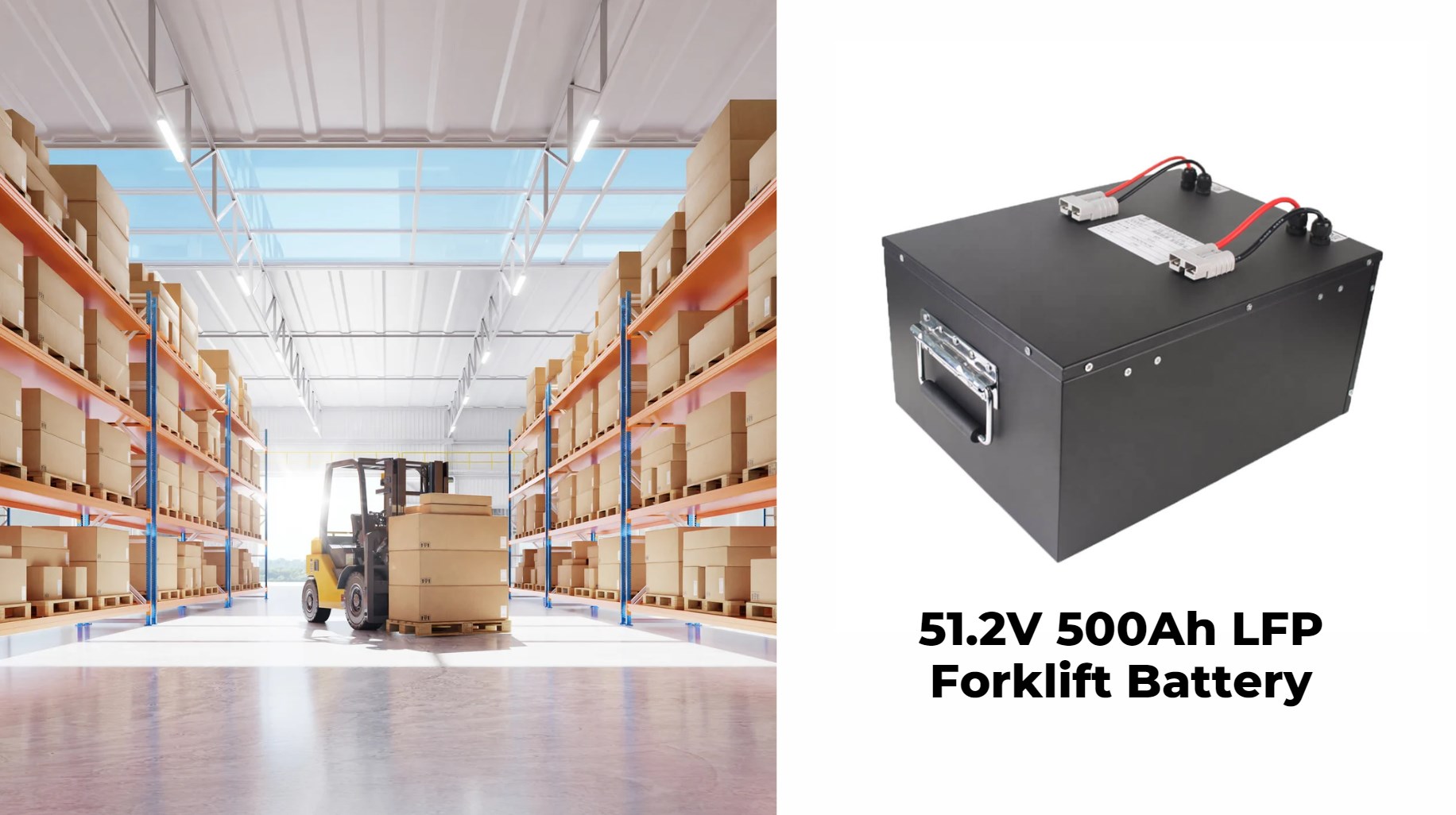Reconditioning a forklift battery involves restoring its capacity and extending its lifespan through specific processes. This typically includes inspecting, cleaning, charging, and potentially replacing damaged components. Understanding these steps can help save costs and improve efficiency in operations.
To effectively recondition a forklift battery, inspect it for damage, clean the terminals, check voltage levels, and replace any faulty cells. Then, add distilled water, perform an equalization charge, and conduct a load test to ensure it holds a charge properly.
What Are the Different Types of Forklift Batteries?
The main types of forklift batteries include lead-acid batteries and lithium-ion batteries. Lead-acid batteries are traditional and cost-effective, while lithium-ion batteries offer faster charging and longer lifespans.
Wholesale lithium golf cart batteries with 10-year life? Check here.
How Do Lithium-ion Forklift Batteries Work?
Lithium-ion forklift batteries work by moving lithium ions between two electrodes during charging and discharging. This movement stores energy when charging and releases it to power the forklift when discharging.
What Are the Advantages of Using Lead Acid Forklift Batteries?
Lead-acid forklift batteries are generally cheaper upfront, widely available, and have a proven track record. They are suitable for many applications and can be easily recycled at the end of their life.
Want OEM lithium forklift batteries at wholesale prices? Check here.
How to Maintain a Forklift Battery?
To maintain a forklift battery, regularly check fluid levels (for lead-acid), keep it clean from dirt and corrosion, ensure proper charging practices, and schedule periodic professional inspections to extend its lifespan.
- Regularly check water levels in lead-acid batteries.
- Clean terminals to prevent corrosion.
- For lithium-ion batteries, ensure proper charging practices.
- Follow manufacturer guidelines for optimal performance.
Know More:
What Are Lithium Forklift Batteries?
What Are Used Forklift Batteries?
What Are Reconditioned Forklift Batteries?
How Can You Effectively Recondition a Forklift Battery?
What Is a Forklift Battery Pack?
What Factors Should Be Considered When Choosing a Forklift Battery?
When choosing a forklift battery, consider factors like compatibility with your equipment, required capacity, charging time, maintenance needs, and overall cost. Assessing these factors will help you select the best option for your operations.
When selecting a forklift battery, consider:
- Type (lead-acid vs lithium-ion).
- Capacity (how long it lasts).
- Charging time.
- Maintenance needs.
- Compatibility with your forklift model.
How to Safely Charge a Forklift Battery?
To safely charge a forklift battery, always use the correct charger for your battery type. Ensure proper ventilation during charging to avoid gas buildup, avoid overcharging by monitoring charge levels, and follow manufacturer guidelines.
To safely charge a forklift battery:
- Use the correct charger designed for that battery type.
- Ensure proper ventilation during charging.
- Avoid overcharging by following manufacturer guidelines.
What Are the Environmental Impacts of Forklift Batteries?
Forklift batteries can have significant environmental impacts due to resource extraction for materials like lead and lithium. However, they produce zero emissions during use. Proper disposal and recycling are essential to minimize environmental harm.
How to Properly Dispose of Old Forklift Batteries?
To properly dispose of old forklift batteries, take them to a recycling facility that specializes in battery disposal. This prevents harmful chemicals from leaking into the environment and ensures safe handling.
- Take them to certified recycling facilities that handle hazardous waste.
- Follow local regulations for disposal.
- Never throw them in regular trash as they contain toxic materials.
How to Identify Signs of Battery Failure?
Signs of battery failure include reduced run time, swelling or leakage from the battery case, unusual smells, or corrosion around terminals. If you notice these signs, it’s crucial to have the battery inspected or replaced.
Signs of battery failure include:
- Reduced runtime or capacity.
- Swelling or leakage from the battery casing.
- Corrosion around terminals or connectors.
- Unusual heat during charging.
What Tools Are Needed for Reconditioning a Forklift Battery?
Tools needed for reconditioning a forklift battery include a multimeter for voltage testing, hydrometer for checking acid levels, distilled water for refilling cells, cleaning supplies for terminals, and safety gear like gloves and goggles.
- Multimeter for voltage testing.
- Hydrometer for checking specific gravity.
- Cleaning supplies (water, neutralizing agents).
- Protective gear (gloves, goggles).
How to Implement a Regular Maintenance Schedule?
To implement a regular maintenance schedule for forklift batteries, set specific intervals for tasks like cleaning terminals, checking fluid levels (for lead-acid), inspecting for damage, and scheduling professional service every few months. Consistency is key to prolonging battery life.
- Set up monthly inspections for water levels and corrosion checks.
- Document all maintenance activities.
- Train staff on proper handling techniques.
Expert Views:
“Reconditioning forklift batteries can significantly extend their lifespan and improve efficiency in operations,” says an expert from Redway. “By following proper procedures and safety measures, businesses can save on costs while ensuring their equipment runs smoothly.”
Conclusion
Reconditioning forklift batteries is an effective way to enhance their performance and extend their life cycle while reducing operational costs significantly. By understanding the types of batteries available, maintenance requirements, safety protocols, and disposal methods, operators can ensure efficient use of resources in their operations.
FAQ Section
- What is reconditioning?
Reconditioning is the process of restoring a battery’s capacity through inspection, cleaning, testing, and replacing damaged parts. - How often should I maintain my forklift battery?
Regular maintenance should be conducted monthly or as recommended by the manufacturer. - Can I recondition any type of forklift battery?
Not all batteries can be reconditioned; lead-acid batteries have more potential for reconditioning than lithium-ion types.






